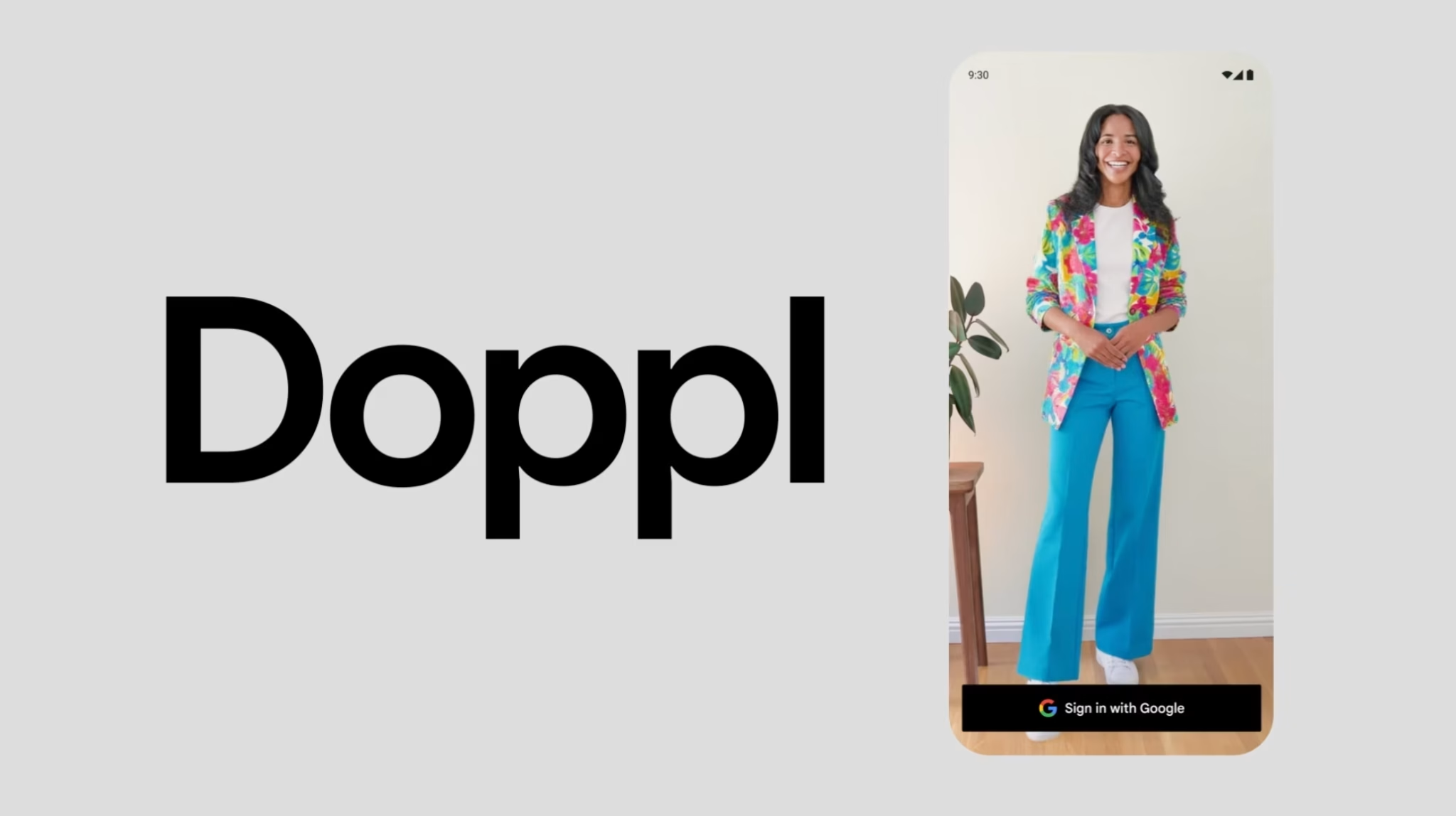Google's Doppl: A New Frontier in Virtual Outfit Visualization
The world of online shopping has always presented a unique challenge: how do you truly know if something will look good on you without actually trying it on? Sure, size charts help, but they don't capture the drape of a fabric, the cut of a sleeve, or how a particular color might complement your skin tone. It's a significant hurdle, isn't it? Well, Google, ever the innovator, has just thrown its hat further into the virtual try-on ring with the launch of Doppl, a new app designed to let you visualize outfits on yourself. This isn't just another photo editor; it's a step towards a truly personalized digital dressing room experience.
What Exactly is Doppl and How Does it Work?
At its core, Doppl leverages advanced artificial intelligence to create a simulated try-on experience. Users upload a photo of themselves, and then, through the magic of AI, they can virtually "try on" different clothing items. Think about it: no more guessing games. You can see how that trendy jacket or those new jeans might actually fit your unique body shape. It's pretty neat, honestly.
The technology behind it is quite sophisticated. It's not just pasting an image of a shirt onto your photo. Instead, the AI analyzes the contours of your body, the lighting in your uploaded image, and the characteristics of the garment (like its texture and how it drapes) to create a remarkably realistic visualization. This level of detail is what sets it apart from simpler augmented reality filters we've seen before. It aims to provide a true sense of how the garment would look in real life, accounting for things like wrinkles and shadows.
Google's Journey into Virtual Try-On
This isn't Google's first rodeo in the virtual try-on space. They've been dabbling in this for a while, steadily building towards a more robust solution. Remember their earlier initiatives? Just last year, they expanded their virtual try-on capabilities to include shirts and dresses, allowing shoppers to visualize these items on a range of diverse body models. That was a significant step, moving beyond static product images.
Doppl feels like the natural evolution of those efforts. It takes the concept from a general model-based visualization to a highly personalized, user-centric one. It's a clear indication that Google sees virtual try-on as a critical component of the future of e-commerce, especially in fashion. They're not just reacting to a trend; they're actively shaping it, pushing the boundaries of what's possible with AI in retail. And frankly, it's about time someone cracked this nut.
The Potential Impact on Online Shopping and Consumer Behavior
The implications of an app like Doppl for online shopping are, frankly, massive. One of the biggest pain points for consumers buying clothes online is the uncertainty. Will it fit? Will it flatter? Does the color look the same in person? This uncertainty often leads to hesitation, abandoned carts, and, perhaps most costly for retailers, high return rates.
Doppl could be a game-changer here. By providing a realistic preview, it empowers consumers to make more informed purchasing decisions. Imagine the confidence you'd feel clicking "buy" knowing you've already "seen" the outfit on yourself. This could lead to:
- Increased Conversion Rates: More confidence means more purchases.
- Reduced Returns: Fewer surprises mean fewer items sent back, which is a huge win for both consumers and retailers.
- Enhanced Personalization: Shoppers can experiment with styles they might not have considered, broadening their fashion horizons without physical commitment.
It's about removing friction from the buying process. And that's something every online shopper, myself included, can appreciate.
Implications for the Retail Industry
For retailers, Doppl presents both an opportunity and a challenge. Those who embrace this technology early could gain a significant competitive advantage. Integrating similar virtual try-on features into their own e-commerce platforms, or even partnering with Google to leverage Doppl's capabilities, seems like a logical next step.
The fashion industry has been steadily moving towards digital solutions, a trend accelerated by recent global events. AI integration for personalized experiences is no longer a niche concept; it's becoming a necessity. Retailers who invest in these interactive and immersive shopping experiences are likely to see better engagement and customer loyalty. It's not just about selling clothes; it's about selling confidence and a better shopping journey. Of course, the initial rollout is U.S.-only, so international retailers will have to wait and see, but I'd bet my bottom dollar on a global expansion.
Challenges and the Road Ahead
While Doppl is exciting, it's not without its potential challenges. Accuracy will be paramount. If the virtual try-on isn't consistently realistic, users will quickly lose faith. Think about how frustrating it would be if the app showed you looking fantastic in something, only for it to arrive and look completely different. Data privacy, especially concerning uploaded photos, will also be a key consideration for users.
Furthermore, the range of clothing items and brands available on Doppl will dictate its utility. Will it be a comprehensive catalog, or will it be limited? These are questions that will be answered as the app matures. But make no mistake, Doppl represents a significant leap forward in bridging the gap between the digital and physical shopping experience. It's a testament to the ongoing innovation in AI and its practical applications in our daily lives. I'm genuinely excited to see how this evolves and shapes the future of fashion retail.
